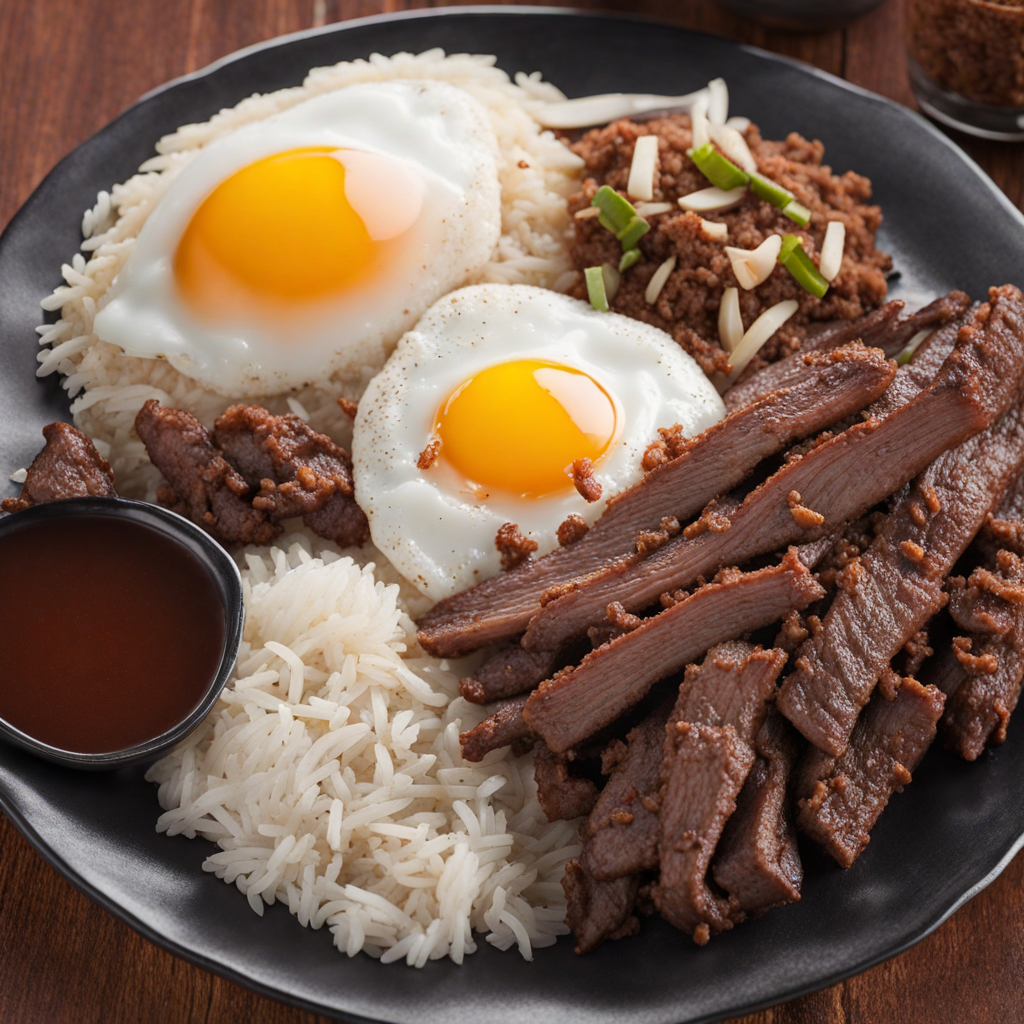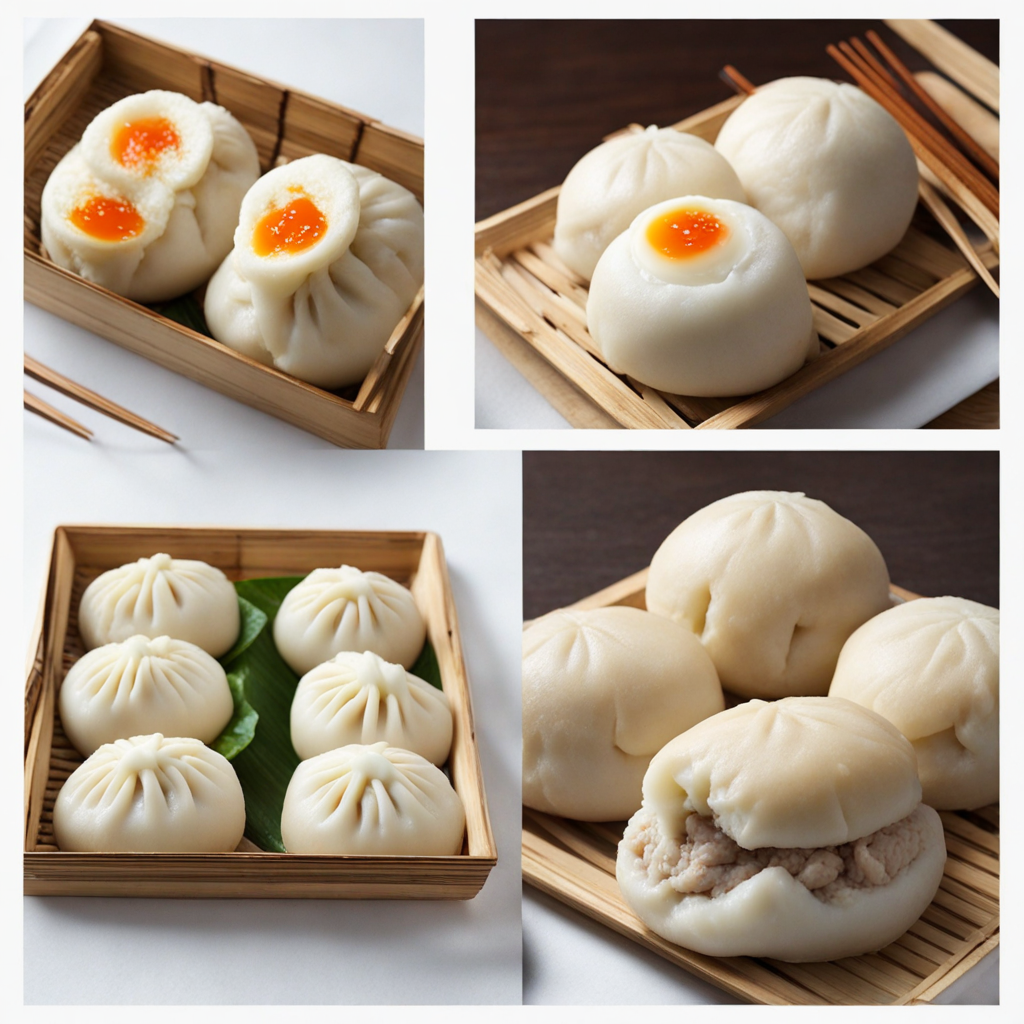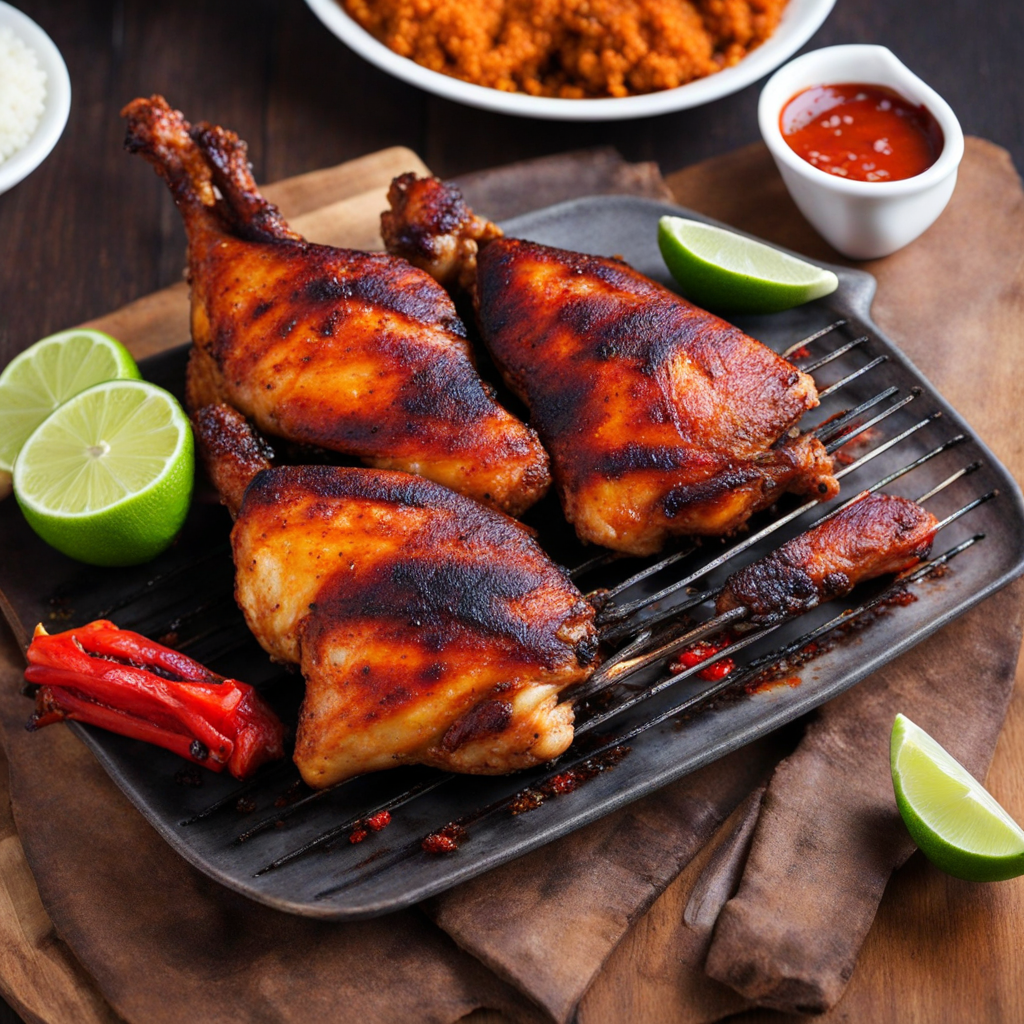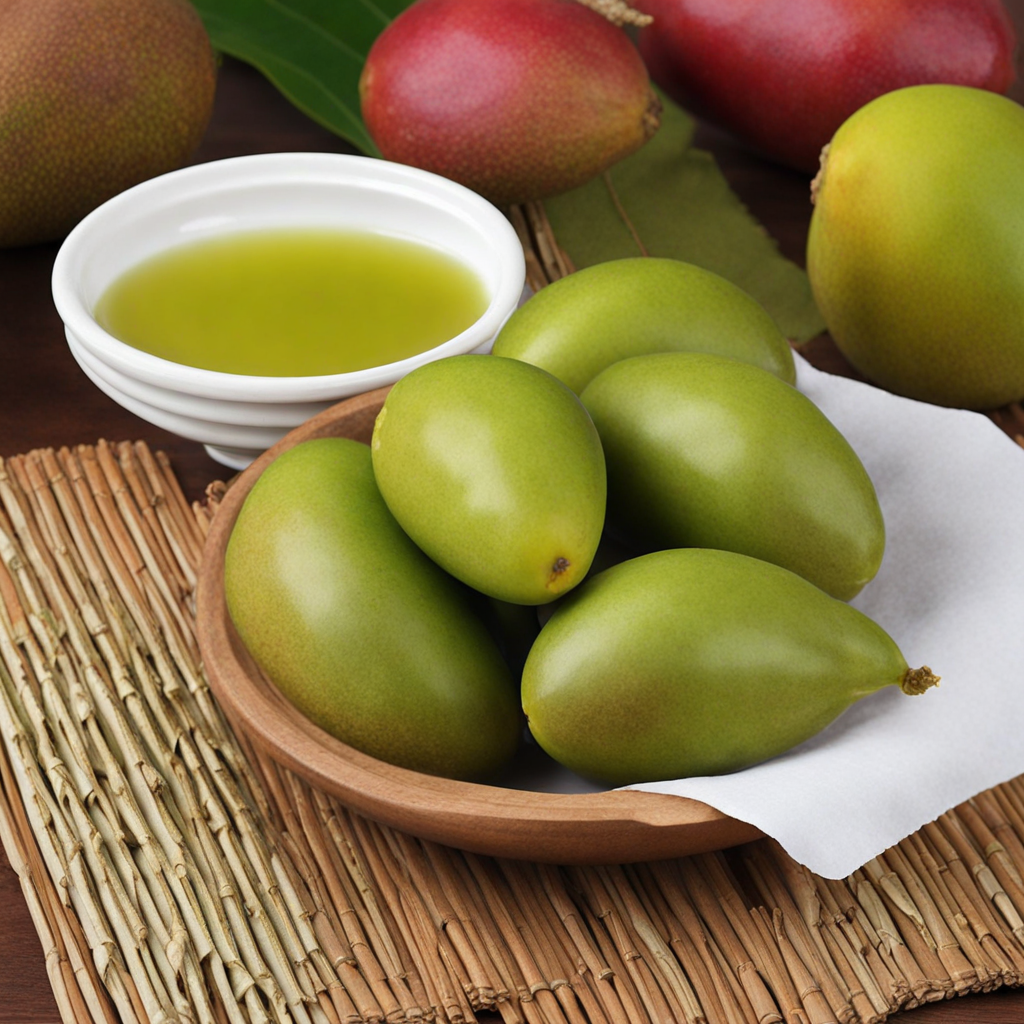Tapsilog
Tapsilog is a beloved Filipino dish that combines three essential components: tapa, sinangag, and itlog, which together create a delightful culinary experience. The centerpiece, tapa, is traditionally made from marinated beef, usually tenderized and seasoned with a mixture of soy sauce, vinegar, garlic, and sometimes sugar, resulting in a flavorful and slightly sweet profile. This savory meat is often cooked to a satisfying crispness, embodying the perfect balance between tenderness and texture that keeps you coming back for more. The sinangag, or garlic fried rice, is an integral part of the dish that elevates the overall flavor. Made from day-old rice sautéed with crushed garlic until golden brown, it offers a fragrant and aromatic base that complements the richness of the tapa. This simple yet delicious rice is not just a side; it absorbs the juices from the tapa, making each bite a harmonious blend of flavors that encapsulates the essence of Filipino comfort food. Lastly, the itlog, or fried egg, crowns the dish with a runny yolk that adds a luscious creaminess when broken. The golden yolk mingles with the savory beef and fragrant rice, creating a mouthwatering experience that is both satisfying and indulgent. Often served with a side of pickled vegetables or a tangy vinegar dipping sauce, Tapsilog is not only a meal but a celebration of the rich culinary heritage of the Philippines, offering a distinct taste that invites food lovers to explore and enjoy.
How It Became This Dish
## The History of Tapsilog: A Culinary Journey through the Philippines Origins Tapsilog is a beloved Filipino breakfast dish that embodies the rich tapestry of the Philippines' culinary history. The name "tapsilog" is a portmanteau derived from three components: "tapa," "sinangag," and "itlog." Tapa refers to cured or marinated beef, often seasoned with soy sauce, garlic, and vinegar. Sinangag is the Filipino term for fried rice, typically prepared leftover rice sautéed with garlic, while itlog means egg, usually served sunny-side up. The roots of tapa can be traced back to the Spanish colonial period, which began in the 16th century. The Spanish introduced various preservation techniques to the archipelago, including curing meats, which became a staple in Filipino kitchens. The term "tapa" itself is believed to have originated from the Spanish word "tapa," meaning "lid," as the cured meat was traditionally placed under a lid to preserve its flavor and moisture. Cultural Significance Tapsilog serves more than just a meal; it represents the Filipino way of life, with its strong familial ties and communal spirit. Breakfast is often seen as a significant meal in Filipino culture, a time for families to come together before embarking on their daily activities. Tapsilog, with its combination of flavors and textures, exemplifies the hearty and satisfying nature of Filipino breakfasts. The dish also highlights the importance of rice in Filipino cuisine. Rice is a daily staple, consumed at every meal, and sinangag serves as a perfect accompaniment to the rich and flavorful tapa. In Filipino culture, food is often seen as an expression of love and hospitality, and sharing a plate of tapsilog is a way to nurture relationships. Development Over Time As the Philippines evolved through various historical phases, so too did tapsilog. During the American colonial period in the early 20th century, the influence of American cuisine began to seep into Filipino food culture, introducing new flavors and cooking techniques. However, despite these foreign influences, traditional Filipino dishes like tapsilog remained steadfast, adapting to the changing culinary landscape. In the post-war era, the 1960s and 1970s saw a rise in the popularity of tapsilog as it became a staple in eateries and "carinderias" (small roadside restaurants) across the country. With the growing urbanization and the hustle and bustle of city life, tapsilog became synonymous with convenience and affordability. Food stalls and breakfast joints began popping up, catering to the needs of busy commuters and workers looking for a quick yet satisfying meal. The dish continued to adapt, with different regions putting their own spin on the classic recipe. While beef is the traditional choice for tapa, variations emerged, incorporating pork, chicken, or even fish, reflecting the diverse culinary heritage of the Philippines. Each region boasts its own unique take on the dish, showcasing local ingredients and flavors. For example, "longsilog" features sweet pork sausage, while "tocilog" uses sweet cured pork called "tocino." The Modern Era In recent years, tapsilog has experienced a resurgence in popularity, both in the Philippines and among the Filipino diaspora worldwide. With the rise of social media and food blogging, the dish has gained newfound appreciation as a vibrant and photogenic meal, often showcased in Instagram feeds and culinary blogs. This exposure has led to a greater interest in Filipino cuisine, with tapsilog serving as a gateway for many to explore the rich and diverse flavors of the Philippines. Cafés and restaurants specializing in Filipino comfort food have sprung up in major cities around the world, offering tapsilog as a signature dish. Gourmet interpretations have emerged, with chefs experimenting with different marination techniques, sourcing high-quality meats, and presenting the dish with an artistic flair. This modern twist on tapsilog highlights the versatility of the dish while paying homage to its traditional roots. As the world becomes increasingly interconnected, tapsilog has found its place in various culinary festivals and events, where it is celebrated not only as a national dish but also as a symbol of the Filipino identity. Filipino food festivals often feature tapsilog as a standout dish, showcasing its cultural significance to both locals and foreigners alike. Conclusion Tapsilog is more than just a breakfast dish; it is a culinary narrative that tells the story of the Philippines, its history, culture, and the evolution of its food landscape. From its humble beginnings as a preserved meat dish during the Spanish colonial era to its status as a beloved comfort food today, tapsilog embodies the resilience and adaptability of Filipino cuisine. As globalization continues to shape our culinary experiences, tapsilog stands as a testament to the power of food in bridging cultural divides. It invites people from different backgrounds to come together, share a meal, and appreciate the flavors of a nation deeply rooted in tradition yet open to innovation. Whether enjoyed in a bustling carinderia or a trendy modern café, tapsilog remains a celebration of Filipino heritage—a dish that encapsulates the essence of home, family, and the vibrant spirit of the Philippines.
You may like
Discover local flavors from Philippines







